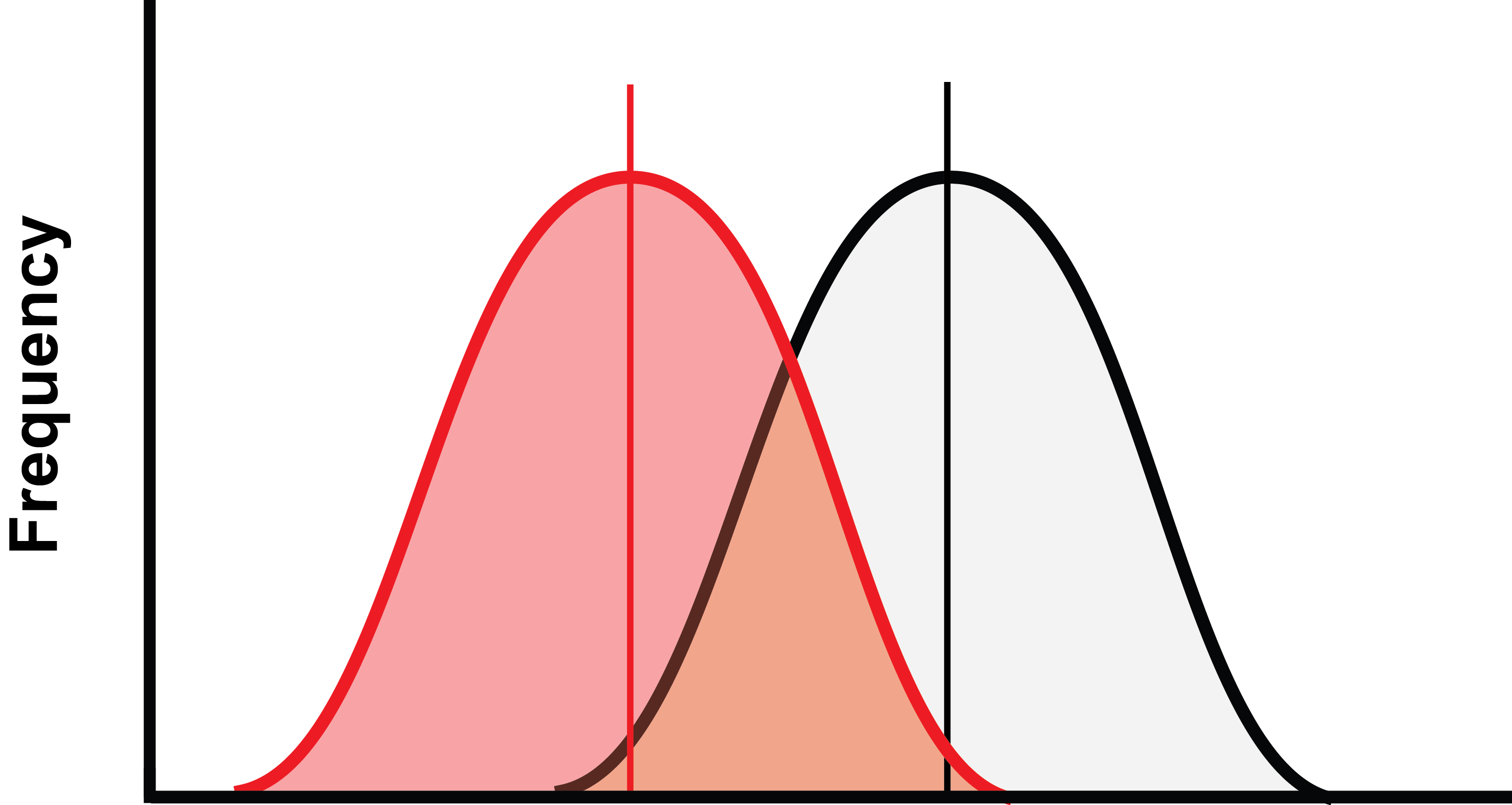
When performing a biological investigation, experts constantly cycle between conceptual and quantitative modes of thinking, integrating their understanding in both worlds to make decisions about their work. This cycling and mixing of conceptual and quantitative thinking in biology can be difficult for students. One way to help students integrate conceptual and quantitative thinking is by focusing on a single topic that has both conceptual and quantitative aspects. We have designed a curriculum that focuses on variation in experimental design and data analysis (The Biological Variation in Experimental Design and Analysis [BioVEDA] curriculum). We chose to focus on the idea of variation because it must be understood both conceptually and quantitatively at many points throughout a biological investigation. Additionally, this ability to apply quantitative thinking to biological concepts has been prioritized in national undergraduate education policy documents. Our curriculum consists of five activities that ask students to explore the idea of variation during the design of an experiment, and the representation and analysis of data. The activities are based on worksheets and incorporate Think-Pair-Share techniques with discussions facilitated by the instructor. We have implemented this curriculum twice in an introductory biology laboratory class for undergraduate students that is taught by graduate teaching assistants (TAs). So far, we have found that both TAs and students benefit from working through this curriculum. Students significantly improved in their understanding of variation in the context of biological investigations, and TAs gained more confidence in their ability to teach this content using active-learning techniques.

Anne Cross onto Ecology Class
@
on